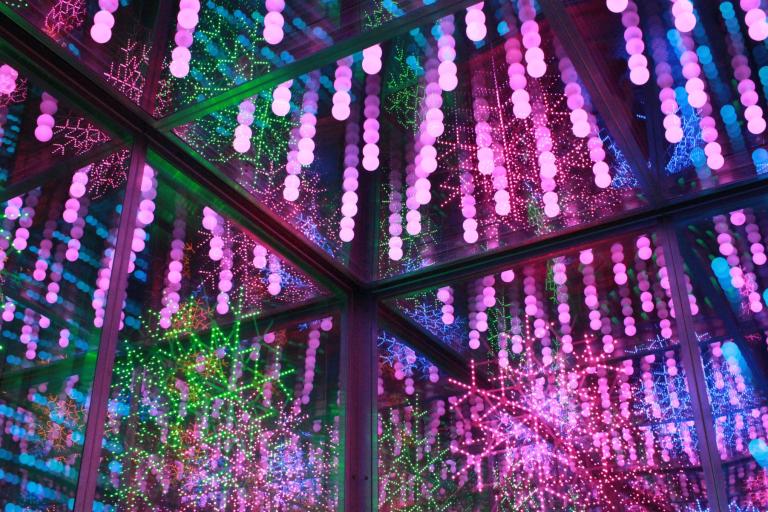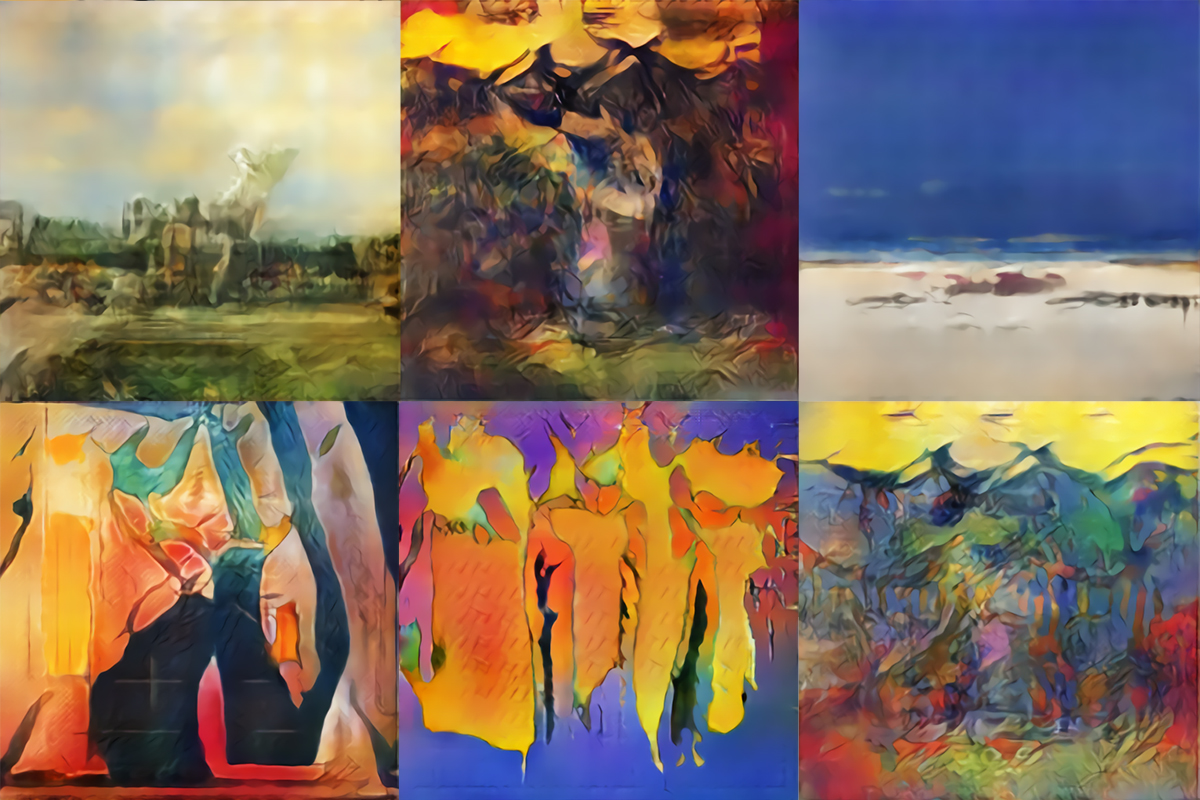For AI, artistry is all about analysis

AI is proving to be a powerful force in today’s art, and it’s all because of analytical thought.
Artificial intelligence is continually proving itself to be an indispensable analytical mind. Its capacity to almost instantly study far more information than a human could ever hope to is making it a crucial tool in tomorrow’s businesses, transport, and cities. It’s also why AI pushing the boundaries of art.
Let’s get this out of the way early: there’s no consensus on whether or not machine-generated works constitute art. Some argue that because AI builds from what engineers have exposed it to, it’s incapable of creative thinking, but the same could be said of people. Given that AI is still in its relative infancy, it’s too soon to draw any conclusions, but there’s one thing we can say with certainty: AI’s value to art isn’t merely in emulating the creative thought of humans; it’s in harnessing the analytical thought that humans can’t.
One of the ways in which many people are used to letting a computer take over the artistic reins is image editing, and there’s no shortage of apps that can automatically adjust photos to bring out their best qualities. But even on a consumer level, AI is already doing much more than being a glorified Instagram filter. For years, hobbyists have been utilizing the analytical prowess of neural networks to search for and accentuate objects in images to produce fascinating (if sometimes horrific) Deep Dream creations, or to envision one artwork in the fashion of another. And this is just the tip of the iceberg.
Machines are making art from scratch without human intervention, such as with Generative adversarial networks (or GANs). These systems comprise two competing neural networks: a “generator” that produces images, and a “discriminator” tasked with determining if those images are human- or computer-made. The generator continually responds to the feedback and modifies its output until it can fool the discriminator into thinking its images are ‘real.’
Neural networks aren’t the only ones being fooled. Researchers at Rutgers University conducted a Turing Test of sorts to see if people could discern if GANs creations were computer-made, and its subjects thought the generated images were human-made 75 percent of the time – more often than a human-made contemporary art collection, which was correctly identified in only 48 percent of instances. Furthermore, the GANs’ work wasn’t believable simply because it mimicked existing styles, as the generator was instructed not to follow the conventions of the art it was taught on, leading to novel productions.
AI isn’t about to replace human artists, though – its analytical approach and unique output make it well suited to being a collaborator. Royal College of Art student Anna Ridler, for example, fed her illustrations into a GANs system, and then had it draw the frames for a short film. And it’s not just the visual arts that can benefit, with companies and musicians finding ways to involve AI in composition.
Flow Machines, a music-writing AI from Sony’s Computer Science Laboratories, is designed to inspect songs, uncover patterns, and invent its own tunes, and its best pieces were released earlier this year in an album titled Hello World. But it didn’t get that far without some human help: a group of musicians were responsible for taking Flow Machines’ melodies and determining the arrangement, allowing them to ensure the music has structure and emotion.
It could be a long time before the artistry of AI is widely accepted, but the era of AI contributing to art is already here. Its analytical methods open new possibilities, especially in collaboration with human artists, and with the technology rapidly improving, the best is likely yet to come.
Sign up for our newsletter
Why sign up:
- Latest offers and discounts
- Tailored content delivered weekly
- Exclusive events
- One click to unsubscribe
